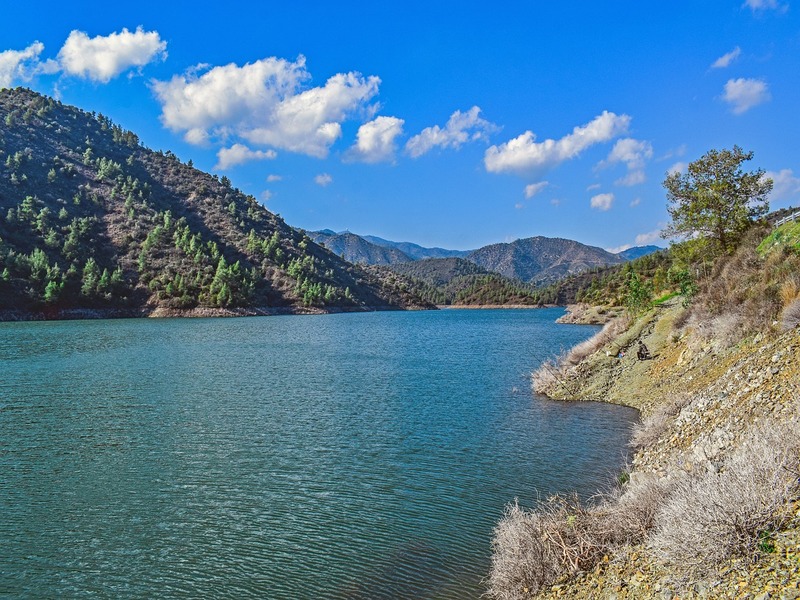Borumba Pumped Hydro Project is a 2,000MW pumped hydro energy storage facility planned to be built in Queensland, Australia.
The project, estimated to cost around A$14.2bn ($9.66bn), would represent one of the largest investments in the state energy infrastructure in decades.
The facility will be developed by Queensland Hydro, a publicly owned entity established to deliver the long duration pumped hydro assets.
Subject to successful planning and environmental approvals, construction works are expected to start in 2025 and the project aims to achieve first power in 2030.
Project Gallery
During the construction phase, the project will create around 2,360 jobs.
Once complete, Borumba Pumped Hydro Project will support 30 full time operational jobs and provide up to 2,000MW of electricity for up to 24 hours (48,000MWh).
Borumba PHES Project Location
The Borumba Pumped Hydro Energy Storage (PHES) Project will be located at Lake Borumba, near Imbil township in Gympie and Somerset Regional Council local government areas (LGA).
The location is around 48km southwest of Gympie, and 180km northwest of Brisbane.
Situated within the Southern Queensland Renewable Energy Zone, Lake Borumba was selected as a location due to existing dam infrastructure, its proximity to a high-voltage electricity transmission network.
Background Details
The Borumba location was first identified as a potential Pumped Hydro Energy Storage (PHES) site in 1980s by Queensland Electricity and Transmission Corporation (QETC) (now Powerlink Queensland).
In September 2022, the PHES was categorised as a priority project for Queensland’s SuperGrid under the Queensland Energy and Jobs Plan. The project will support the decarbonisation of the state helping it achieve its renewable energy target of 80% by 2035 and net zero emissions by 2050.
In June 2023, the state government approved the Borumba project committing A$6bn in the 2023-24 budget to build the asset.
The Queensland government also approved up to A$13m to accelerate key technical studies to enable a final investment decision (FID) on the PHES.
The engineering, geotechnical, environmental, hydrological, social and commercial studies conducted in 2022 confirmed the feasibility of further development.
A Detailed Analytical Report (DAR) on the Borumba PHES was delivered to the Queensland Government in March 2023.
In October 2023, Borumba PHES project was declared a coordinated project by Queensland’s Coordinator-General. As a result of the declaration, the assessment of social, economic and environmental matters may begin.
Geotechnical exploratory drilling commenced in the Southern Queensland Renewable Energy Zone, which will help in devising the Environmental Impact Statement (EIS).
Borumba PHES Project Infrastructure
According to the project development plan, the existing Lake Borumba will be utilised as the lower reservoir and a second reservoir will be constructed at a higher altitude to create an upper reservoir.
Lake Borumba will be expanded with a new dam wall around 300m downstream of the existing Borumba Dam wall to expand its storage capacity.
The upper reservoir will be developed approximately 330m above the elevation of the lower reservoir (Lake Borumba). The difference in elevation will support power generation.
The two reservoirs will be connected via twin water tunnels.
The project development includes the construction of headrace and tailrace tunnels (water tunnels), power stations and pump turbines, access tunnels, and cable and ventilation tunnels and other supporting infrastructure.
The powerhouse, located between the headrace and tailrace tunnels, will feature the turbines and other electro-mechanical, electrical, fire and life safety equipment required to generate and store energy.
Operations
The PHES project will operate in three cycles- generation, pumping and system support.
During a generation cycle, water will be released from the upper reservoir to the lower reservoir to power the turbines and create electricity.
The turbines would be used on a reverse cycle to pump water from the lower reservoir to the upper reservoir during a pumping cycle to refill storage.
During the system support phase, the generators will be connected to the electricity grid to provide ancillary services.
The electricity generated by the facility will be transferred through 500kV transmission lines to Tarong and Woolooga substations.
A switchyard will connect the project to the grid.
According to the Initial Advice Statement, Borumba Pumped Hydro Project will be designed for an operational life of 100 years.
Contractors Involved
In June 2021, Powerlink was engaged by the Queensland Department of Energy and Public Works (DEPW) to prepare a detailed analytical report (DAR) and front-end engineering design (FEED) for the pumped hydro energy storage project.
Electricity transmission system operator Powerlink will also deliver the 500 kV overhead transmission lines and connections.
Construction engineering company SMEC was contracted by Queensland Hydro as a project advisor to manage and support the delivery of front-end engineering design and detailed analysis for the Borumba PHES.



